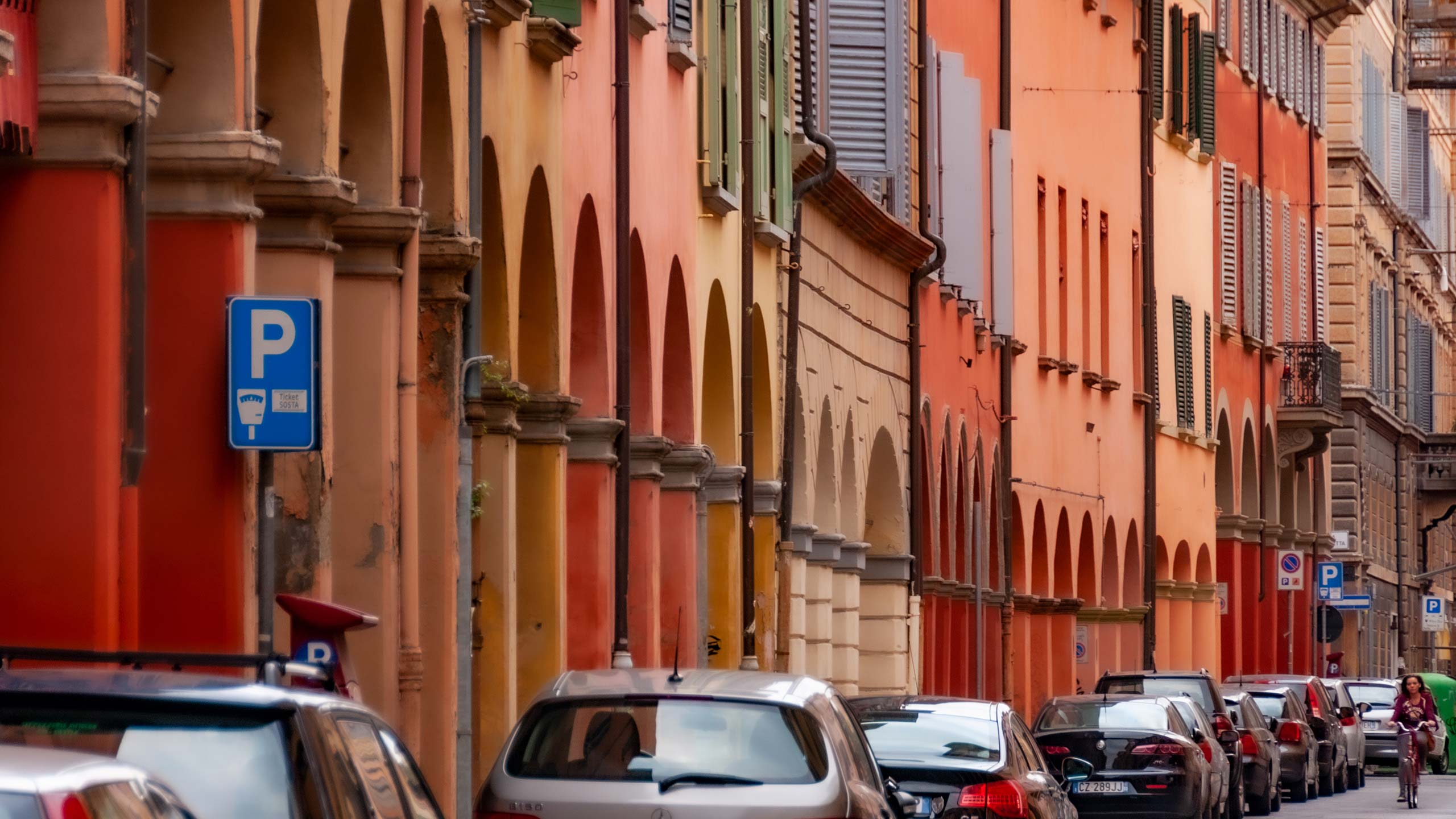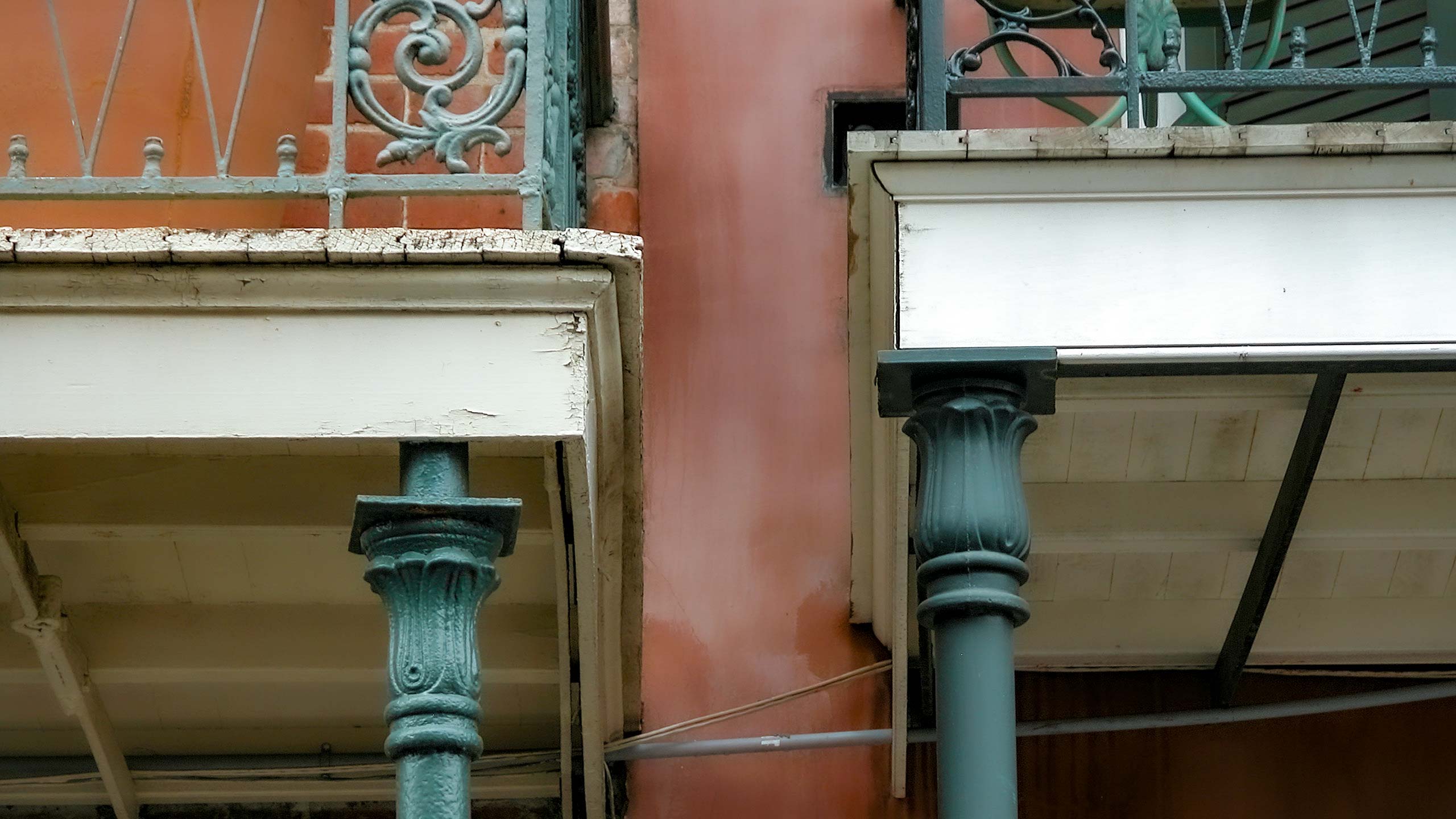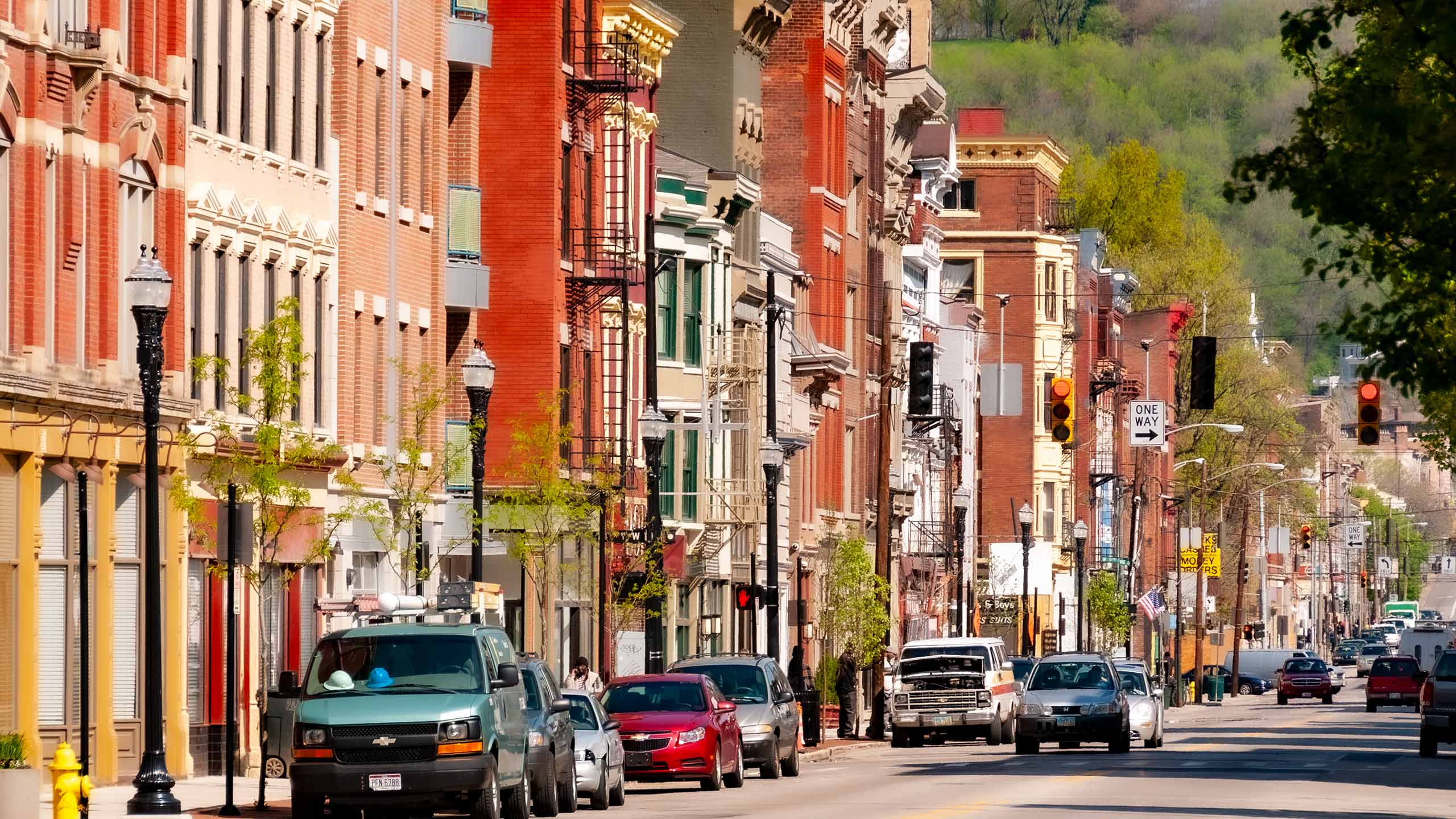
Living Traditions
The greatest mystery of sustainable architecture in our time has been this: how was it possible for people around the world to pass down to the next generation the secrets of building sustainably according to regional climate, conditions, and culture, especially for the majority of human history when most people could not read or write? Without being able to understand this mystery, the likelihood of starting new living traditions remained close to zero.
The quest to recover the key that unlocked the secret of living traditions spread over two dozen years, from the day after Thanksgiving, 1980 until July 21, 2004. The pattern book that encapsulated what had been recovered was completed on the day after Thanksgiving, 2005, precisely a quarter-century after the search began. The story is told in its greatest detail here on the 40th anniversary weekend of the beginning of the search. I encourage you to read the full account, but it comes down to this: if every pattern of architecture is framed with four simple words, everyone is allowed to think again instead of just obeying the experts. Those four words are "we do this because..." A living tradition is therefore the original crowdsourcing.
Living Traditions are the operating systems of the Original Green. A Living Tradition evolves from generation to generation to meet the needs of the day. Dead tradition is a book of rules. Anti-tradition is a book of prohibitions. A Living Tradition is a dance between young and old, and known and mysterious. It also creates the most modern of architecture. There is no architecture more modern than that which is a product of a living tradition because many minds continually update it, but it is truly traditional, not just traditional-style, as well. Bring living traditions back to life and the architecture religious wars can end.

Living Tradition Principles
What in the world, you might ask, does this landscape have to do with a living tradition? On one side of these hills, life is thriving; on the other side, it's nearly dead. Just a slight tipping of the land makes all the difference. A living tradition that can be sustained for a long time is one which begins by tipping the balance in favor of that which can take on a life of its own and spread. It is far more efficient to set things in motion which are predisposed to continue on their own than to try to manufacture everything with brute force. But to do so, it is first necessary to have the humility to learn the things the humans love, not just the architects. That which can reproduce and live sustainably is green; that which is incapable of doing so is not green. This is the standard of life. Life is that process which creates all things green.

Patterns
Patterns are things we do repeatedly. Some are good; some are bad. Bad habits are things we do because of weakness. Living traditions are things we do because of love. But because we're human, not everything we love is good. See Cautions later on this page for warnings about things done for love that could end badly.
“Focusing on patterns” means that if we focus on individual patterns of living, like making a living where I’m living or living where I can walk to the grocery store (I do both) & why that’s so good for quality of life then where someone is red-to-blue matters less.

Great Variety in a Narrow Range
No two snowflakes are alike, nor are any two oak leaves or any two people, even if identical twins after a few years of life. Christopher Alexander called this the "quality without a name," which is the signature quality of a product of nature or natural processes. My name for this quality is clunky and I'd love to hear a better alternative someday, but the principle holds true: they are identifiable by their species, but differentiated in their individuality. No human will ever be mistaken for a rhinoceris, a frog, or an eagle, but you also know the difference between your friend and a stranger at fifty feet in twilight. Mechanically produced widgets, on the other hand, are discernible only by make, model, features, and color scheme. Millions could be totally identical. But architecture can be more like nature than that, and usually is in great places. These two New Orleans galleries follow the same pattern, but everything varies in some way from one to the other.

Talent Efficiency
Boston City Hall is widely regarded as "a building only an architect could love." A discipline like architecture that requires brilliance every day produces this sort of failure from time to time, even at the hand of the most brilliant masters, and every day at the hand of everyone else. The excuse given by architects for why this building is so widely hated by Bostonians is that "the architect who won the competition for the design of this building wasn't good enough." But even the greatest of masters from Le Corbusier to Frank Gehry had their off days.
This problem with architecture began with the proposition that started gaining traction about a century ago that "if you want to be a significant architect, your work must be unique." Blame lies partly on the architectural press and the architectural academies, but its foundation was the culture of the age which was built on novelty. This seemed warranted by advances into never-seen-before territory beginning with fossil-fueled industry, and then into every realm of everyday life, from the comfort of the Thermostat Age to labor-saving farm equipment, transit which opened up the suburbs, the internal combustion engine which made the automobile possible, and rural electrification.
My parents were born into a rural world lit by kerosene lanterns, fed from a wood stove, and with travel by horse and buggy, and personal necessities handled in outhouses. But by their early adulthood, the modern world had arrived. Great things seemed possible everywhere by discarding the old in favor of the new. How could novelty not be a virtue?
Some of the most important babies thrown out with the bathwater in that age were living traditions in many realms of life, from agriculture to architecture. Living traditions had many benefits, including the fact that wisdom long-proven to work in a particular region allowed everyday practitioners to work with far greater efficiency than those who must stop and think about every move they make if everything they do must be some new invention. Put another way, people with everyday talent working within living traditions could do good work as effectively as geniuses working under the burden of the necessity of uniqueness.
It took about a half-century to even begin to see the error of trashing living traditions, and even now, there is much disagreement on whether this was even an error. In Evil Geniuses, Kurt Andersen pegs 1970 as "Peak New," and decries what he terms the "return to nostalgia" thereafter. As such, he joins the ranks of the enemies of living traditions. Whatever their motivations, they are disempowering regular folk from doing important things more effectively by knocking them off the shoulders of those who came before, forcing them to learn everything for themselves without the benefit of the hard-won wisdom of their predecessors, resulting in the overall quality of work done being much less than what it could have been because there are far few geniuses than everyday folk. Nowhere is this decline in quality of everyday work more apparent than in architecture.

Culture-Wide
text

Cross-Generational
text

Cautions
text

Living Tradition Tools
text

Town Founders
text

Town Architects
The modern-day Town Architect role began with Teofilo Victoria at Seaside in 1981 when members of the charrette team threw his backpack off the departing bus. When he got off to retrieve it, the bus pulled away as they shouted “you’re now the Town Architect!” To date, the Town Architect has largely worked for Town Founders at new developments. I’ve been approached by existing towns, but they concluded it would be a legal nightmare, maybe even a “taking” for a town to regulate design anywhere except in a historic district. The difference between an existing town and a new one is that in the new one, the landowner and the town leadership are one and the same: the Town Founder. In an existing town, there are many landowners who could say “you’re damaging my right to sell by regulating design.” I’m trying to change that by changing the Town Architect role. Almost everywhere reviews are taste-based, meaning that the premise is “thou shalt do this because I have better taste than you.” People might comply but nobody likes it. Often it devolves into a spitting contest. Instead of taste-based reviews, I’ve developed a principle-based review system based on “we do this because...” This allows everyone to think again, which is the basis of a true living tradition. It also creates far more variety than I’d think of on my own. I’ve done at least 10,000 reviews over the years, which is probably more than any other Town Architect alive today. My principle-based system evolved through trying pretty much every other system and seeing how they each fail. My high hope is to transition to existing towns. <@wrathofgnon: Steve you should write a book on this. Make the case of town architects, have Strong Town help you with financial data on the benefits of being a landowner submitting to a town beauty standard.> Fabulous idea! Thank you! @NewTownAdvisor and I have been thinking of ways to expand the role, but we hadn’t quite put it this way.

Pattern Books
The first golden age of American architectural pattern books was 1829 to 1850, although they persisted through the end of the nineteenth century, with Minard Lafever, Orson Fowler, Alexander Jackson Davis, and Samuel Sloan being some of the more influential authors. Pattern books of that day were more akin to what we would call “plan books” today, laying out a collection of complete house plans and elevations which greatly influenced design and construction throughout the westward march of the United States to the Pacific. The rise of Modernism in the early twentieth century seemingly relegated pattern books to the dustbin of architectural history.
Christopher Alexander’s hugely influential A Pattern Language (1977) flipped the script, being a true book of patterns with no complete building designs. In doing so, it created the power to create countless buildings instead of containing only a couple hundred home designs.

Guilds
text

Living Tradition Benefits
Why is a rainbow the iconic image of the benefits of living traditions? It is the combination of two things (sun and rain) that are usually mutually exclusive, just as a living tradition is the combination of both exploration and expertise. And while living traditions in architecture today are rarer than rainbows, when either one occurs, it produces great natural beauty.
A living tradition is both expert and explorative. It doesn't care when good ideas came from; it uses them to build good places & buildings. The right question isn't "how old is it," but "how useful is it to us today?"

Economic Health
Lasting economic health is best measured by Main Street, not Wall Street. Global economies make turns far beyond the influence of any of us. Local economies, on the other hand, are the results of our work, and the work of our neighbors.

Environmental Health
This image illustrates pristine, undisturbed nature. And that is one measuring point of environmental health. But humans are part of nature as well, and so measures of environmental health must be taken all along the transect from undisturbed nature to the urban human environment.

Human Health
There are three realms of human health: physical health (illustrated here), mental health, and spiritual health, however you choose to define that last one.
Tweets to (maybe) incorporate:
A habit is something we do repeatedly because of weakness. A tradition is something we do repeatedly because of love.
Test tools & practices with this question: if we died tomorrow, how long would these things continue on their own? Movements begin on the backs of champions, but continue when they take on a life of their own and spread, even after the champions are gone.
Living Tradition rule #1: It is far more effective to sow seeds and nourish them into something that can then spread on its own without you than to do something that dies with you. The ultimate goal of every specialist should be to make themselves unnecessary someday.
A #tradition at its core is the assembled wisdom of a culture about things known to work well in a particular discipline such as urbanism or architecture. Those who oppose traditions oppose stuff that works.
A dead tradition is one where people simply follow rituals because it was handed down to them by their parents, and things no longer change. A #LivingTradition is one where people are still figuring out new things within the core principles of the tradition.
Any idea, so long as its expression remains obscure, is unlikely to spread very far. A true #LivingTradition is broadly understood by its participants.
“Innovation” is a two-faced word: innovation to achieve novel things is a destroyer of wisdom, discarding things long proven to work in favor of the new. Innovation to achieve better things builds on wisdom of things proven to work and is at the heart of a Living Tradition.
A living tradition sets itself apart from a dead tradition by humility: recognizing it can fail. And having the child-like wonder that there are things yet to be discovered which we may find, but don’t yet know. A dead tradition is “because I told you so.”
Let’s use the process of tradition to improve human endeavors like architecture (which it can do) but let’s not pretend it can elevate things to perfection (which it cannot do).
Styles are complex, with lots of rules, histories & somewhat different meanings in different regions. People’s attachment to or rejection of a style are complex as well, making style-based conversations likely fruitless. I have much better luck talking about individual patterns.
Preservation began in the US because the buildings we gain for the buildings we lose are almost always a wretched downward trade in the past century. The only way to stop that is to help foster a new Living Tradition that produces better buildings, not hideous ones. Preservation on its own is forever a losing battle because one by one old buildings will be lost to both economic and natural causes, leaving us someday with only the very best and most ferociously-preserved.
Search the Original Green Site
Buy the Original Green book on Amazon

Rather Buy Indie?
Contact Sundog Books at Seaside, which is our favorite bookstore ever!
Speaking
I speak on the Original Green across the US and abroad. Would you like for me to speak (via Zoom these days) at your next event?

Got an idea?
If you have an idea for a story, or know about work we need to feature...
Subscribe
... to receive periodic Original Green news releases. Here's our full Privacy Policy, where you'll see that we will not share your info with anyone else, nor will we sell it to anyone. All three fields required.
Home
Origins
Foundations
Nourishable Accessible Serviceable Securable Lovable Durable Adaptable Frugal Education Economy Culture Wellness
Resources
Original Green Scorecard Initiatives Presentations Reading List Quotes Links Tweetroll
Stories
OGTV
Media Room
Bios Press Speaking
© 2021 Mouzon Design, Inc.